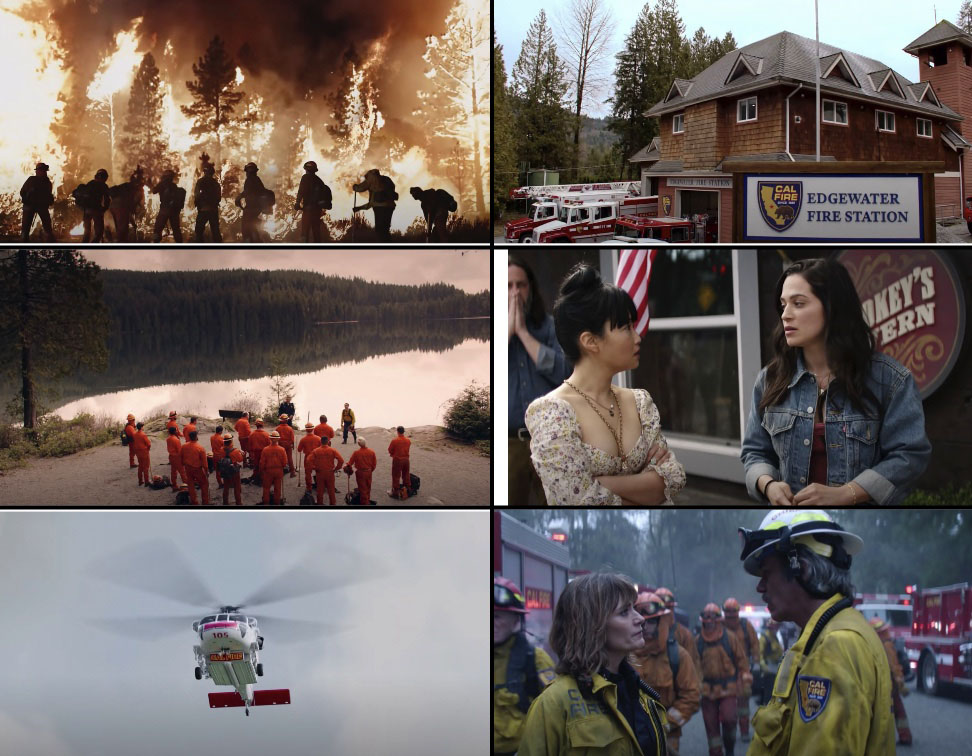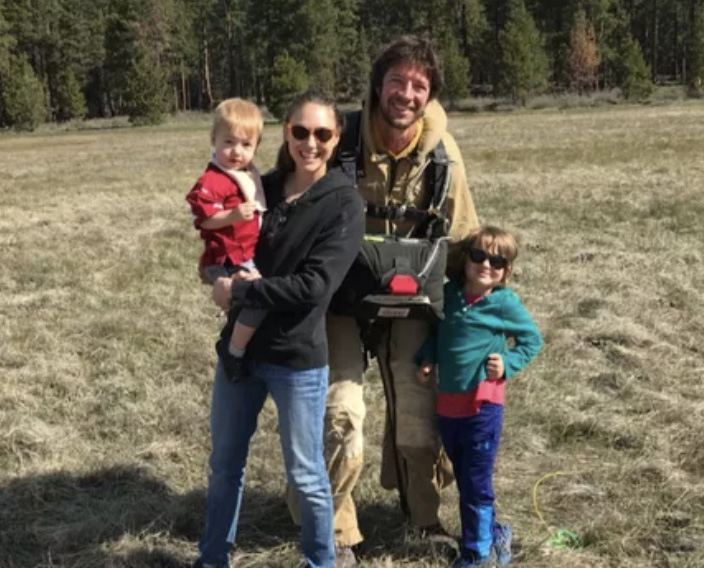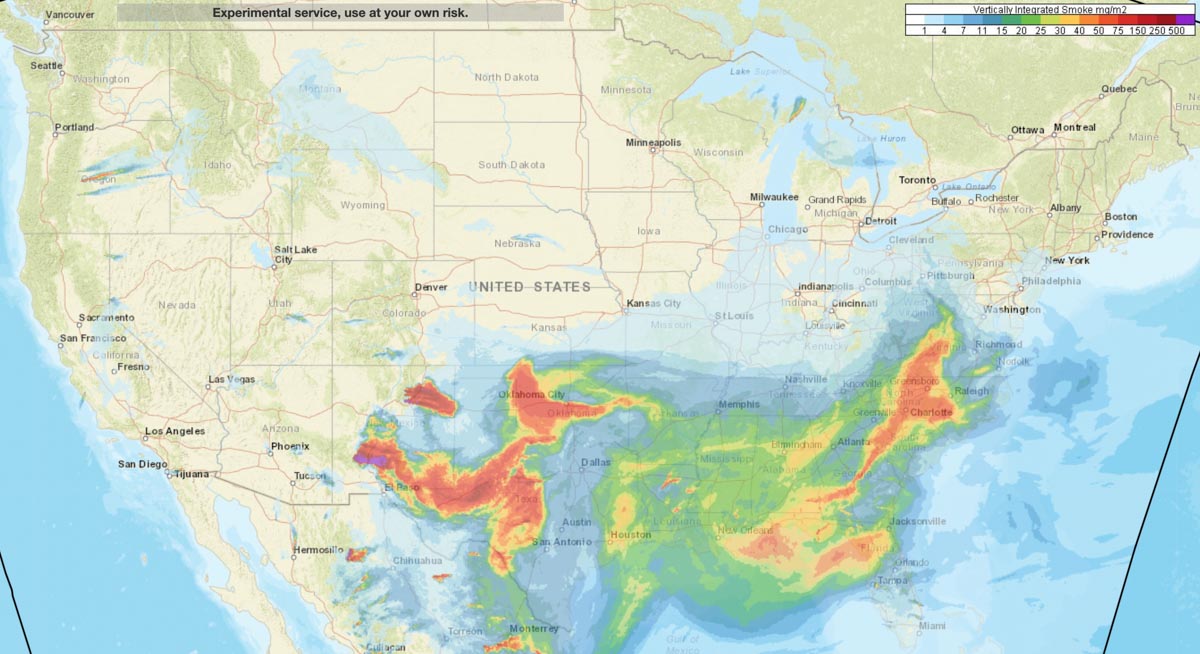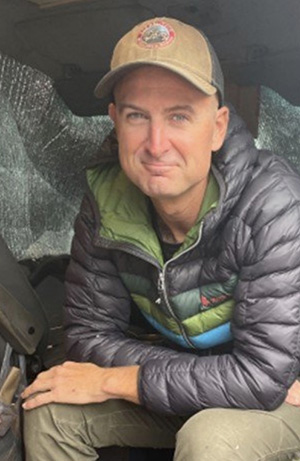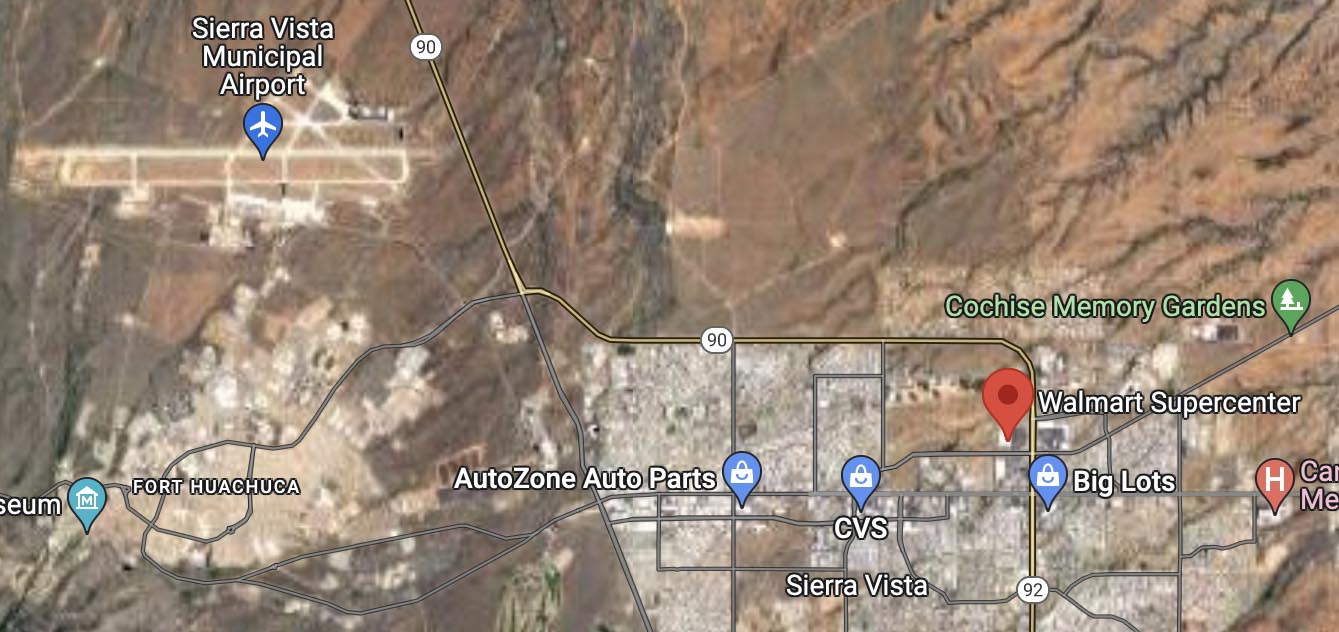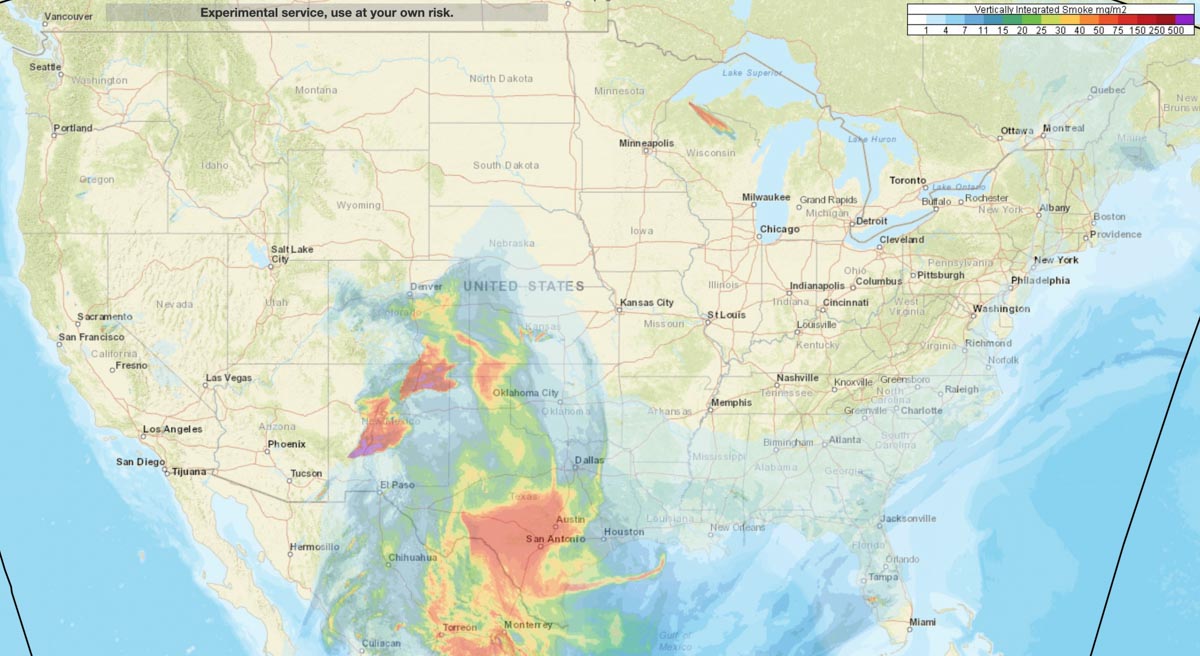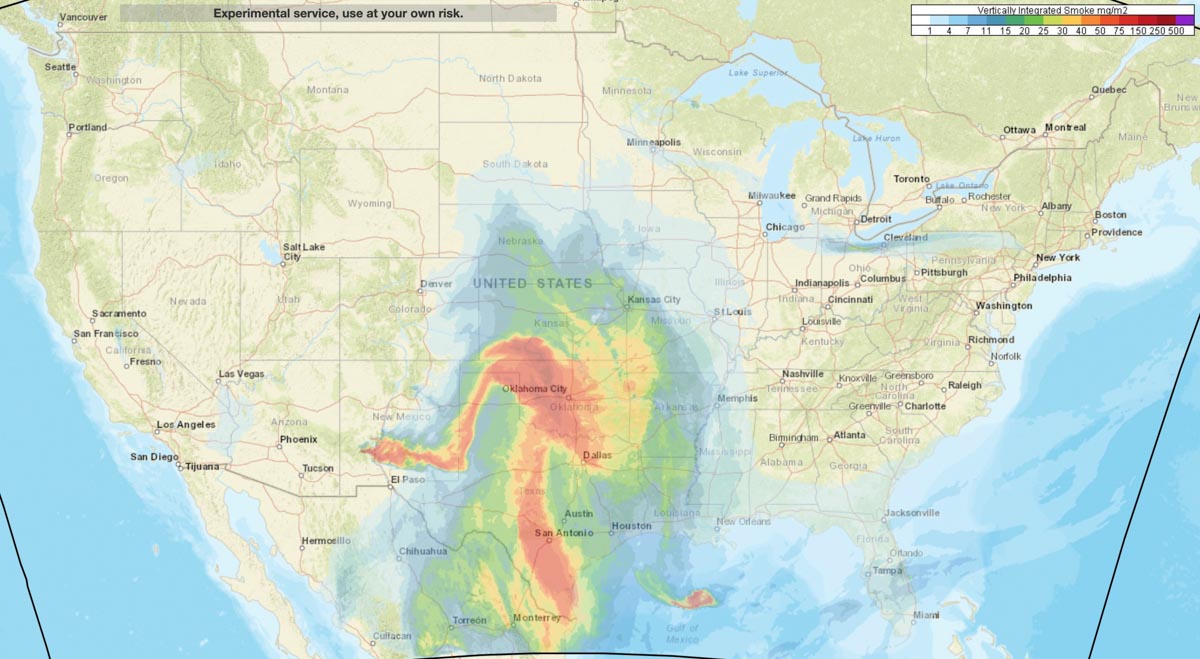
Today in a live online presentation to their firefighting personnel, the U.S. Forest Service (FS) gave an update on the status of the changes to their pay that are required in the Bipartisan Infrastructure Law (BIL) that was passed in October.
It was presented over the course of an hour by Jaelith Hall-Rivera, Deputy Chief for State & Private Forestry and Brian Rhodes, Program Manager for Firefighter Series and Pay, and Human Resources.
Temporary pay supplement
Ms. Hall-Rivera said the pay supplement authorized by the legislation will hopefully begin appearing in paychecks in June. It will increase the salary of wildland firefighters by $20,000, or 50 percent of their base salary, whichever is less. There is a finite amount of funds appropriated for this increase, $480 million which also includes funding for a few other purposes, so unless and until additional dollars are authorized by Congress it is considered temporary. They are hoping to avoid employees receiving a pay increase, followed by a pay cut, and finally the permanent pay increase later when the new job series and pay structure is implemented.
The calculation of the amount of each person’s supplement will not consider overtime — only base salary. A complicating factor is that the legislation restricts it to geographic areas in which it is difficult to recruit or retain a Federal wildland firefighter. In addition, decisions must be made about which positions will be affected.
“Our leadership intent is to have this applied as broadly as possible to as many firefighters as possible and to get it into paychecks hopefully in June, that is our goal,” said Ms. Hall-Rivera.
The FS is working with the Department of the Interior (DOI) and their four agencies that have wildland fire responsibilities to coordinate the identification of the geographic areas that will receive the pay supplement. It will be retroactive to the time the legislation was passed, which they have identified as October 1, 2021.
Different Firefighter job series and pay schedule
The Office of Personnel Management is sticking to the timeline they established in January and expect to issue their policy on a new job classification for a Wildland Firefighter occupational series by the end of the month. The legislation set a due date of May 13, 2022. Because of the time crunch, there will be little if any opportunity for the FS or the DOI to review the OPM’s product, but the union will be consulted. The hope is that the transition into a different series, expected to be GS-456, will be complete by the end of 2022 or near the beginning of 2023. Decisions will have to be made about which positions will be offered the opportunity to be in the Wildland Firefighter series.
Mr. Rhodes said moving to the series will likely include GS-462, possibly GS-401, and they will consider the GS-301 positions.
He said no one will be forced to move to the different series, but vacant and new positions will be in the Wildland Firefighter series. Firefighter retirement will not be affected by the transition.
The OPM allows agencies to request a special salary table. Ms. Hall-Rivera said that after all the requirements in the BIL are satisfied work will begin on assembling the data and recommendations of pay for the personnel in the Wildland Firefighter series. That is expected to begin in the late summer or fall. They will also request additional funding from Congress for the pay increase.
What will not be covered in the new pay structure
Mr. Rhodes said several issues were not authorized in the BIL and will not be covered in a new pay structure — portal to portal pay, funds to support of the cost of housing, and premium pay being included in calculation of retirement income.
Communication
Ms. Hall-Rivera began the presentation by recognizing that there has not been much information distributed to their 10,000+ firefighters about these pending changes, explaining that the BIL is complicated and they have been working hard to untangle its provisions.
“We were head down working and we didn’t pick our head up to share with all of you what was going on,” she said. “This is our opportunity to begin doing that more frequently…And I completely understand and acknowledge it is frustrating that [you may] wonder why it has taken so long. I know this impacts your choices about your career path. It impacts you and your family.”
Comment from the Grassroots Wildland Firefighters
“While we are glad to finally see the OPM, USFS, and DOI agencies providing information on classification and pay, we are disappointed to see the OPM dusting off the 0456 series which was widely used in the 1970s/80s,” said Riva Duncan, Executive Secretary of Grassroots Wildland Firefighters. “Going back is not a viable option for moving forward. This is not a “new” series, but one that didn’t meet the needs of federal wildland firefighters previously when the USFS sought new classification. Unless the OPM is making significant revisions to reflect the knowledge, skills, and abilities of today’s wildland firefighters, and can adapt to the needs of both those with with and without degrees/certificates, it will not work.”

